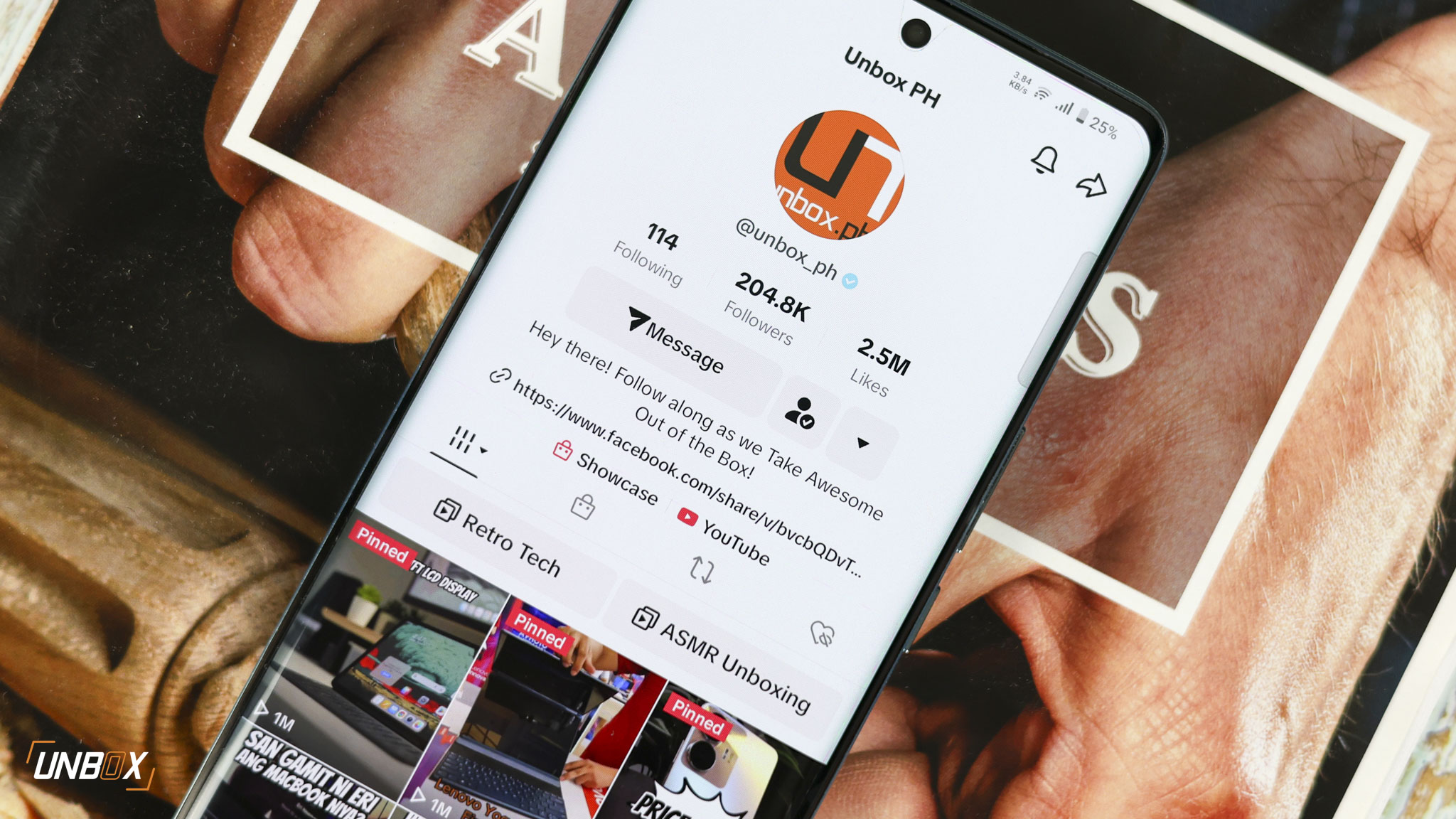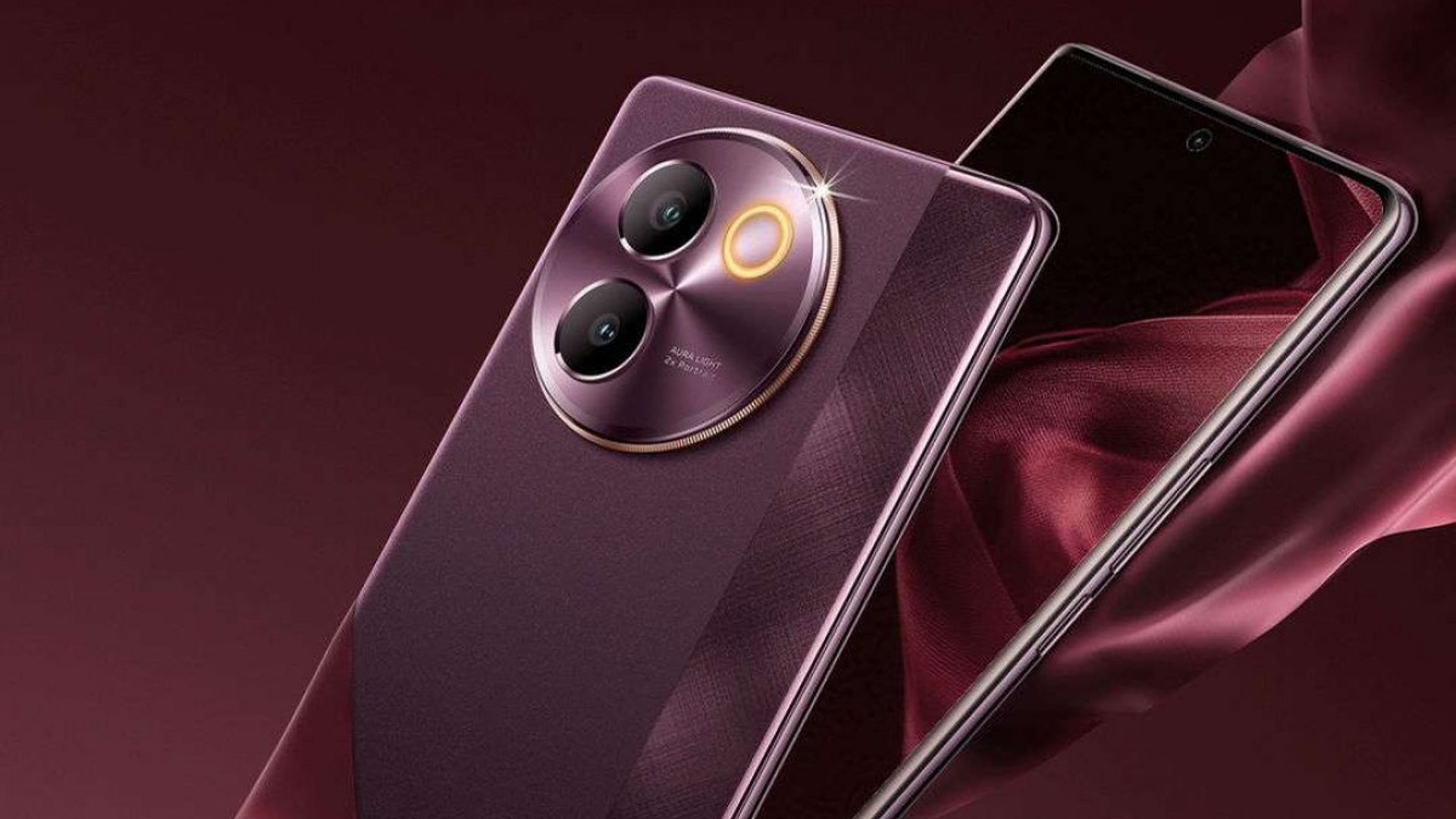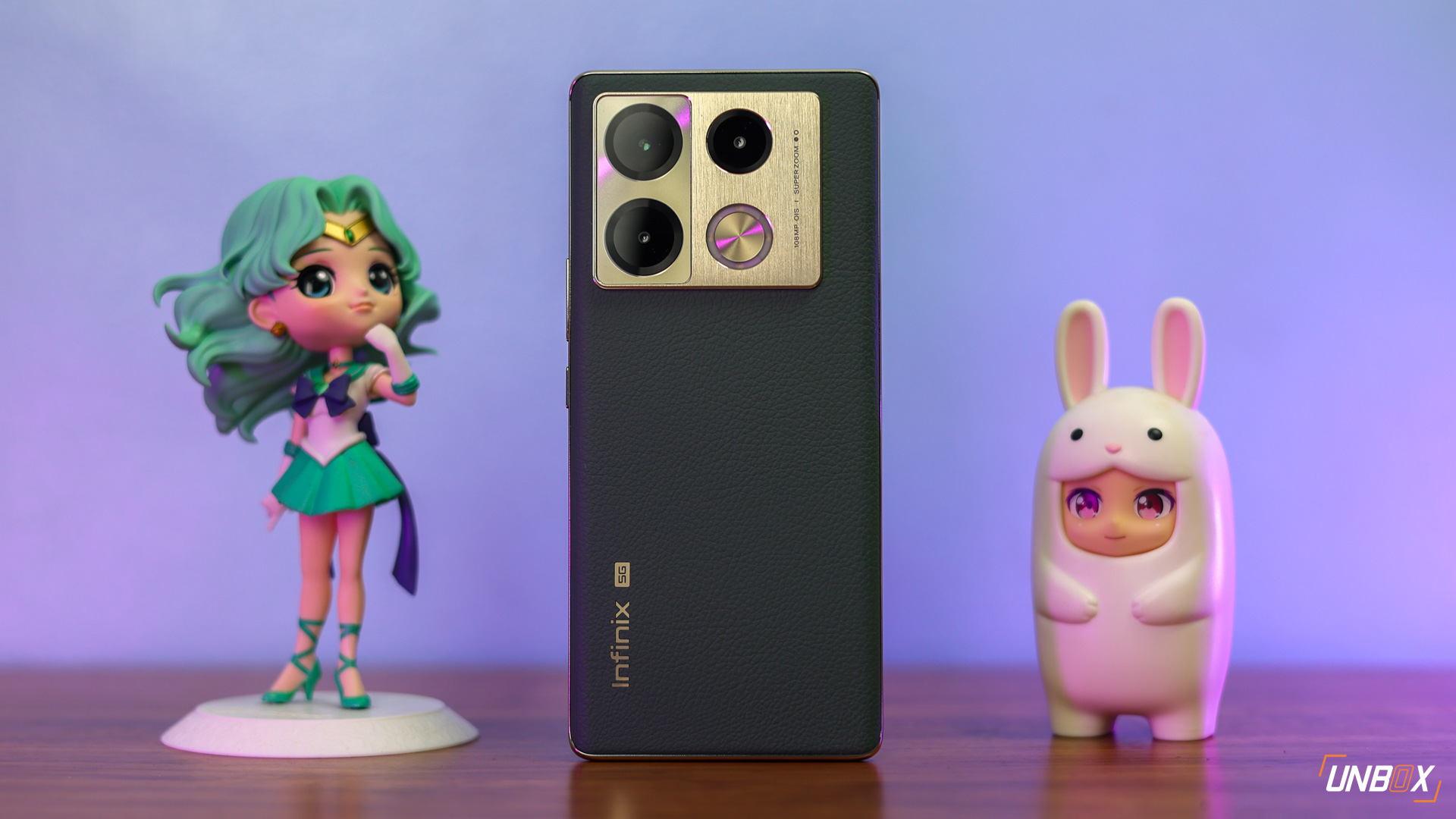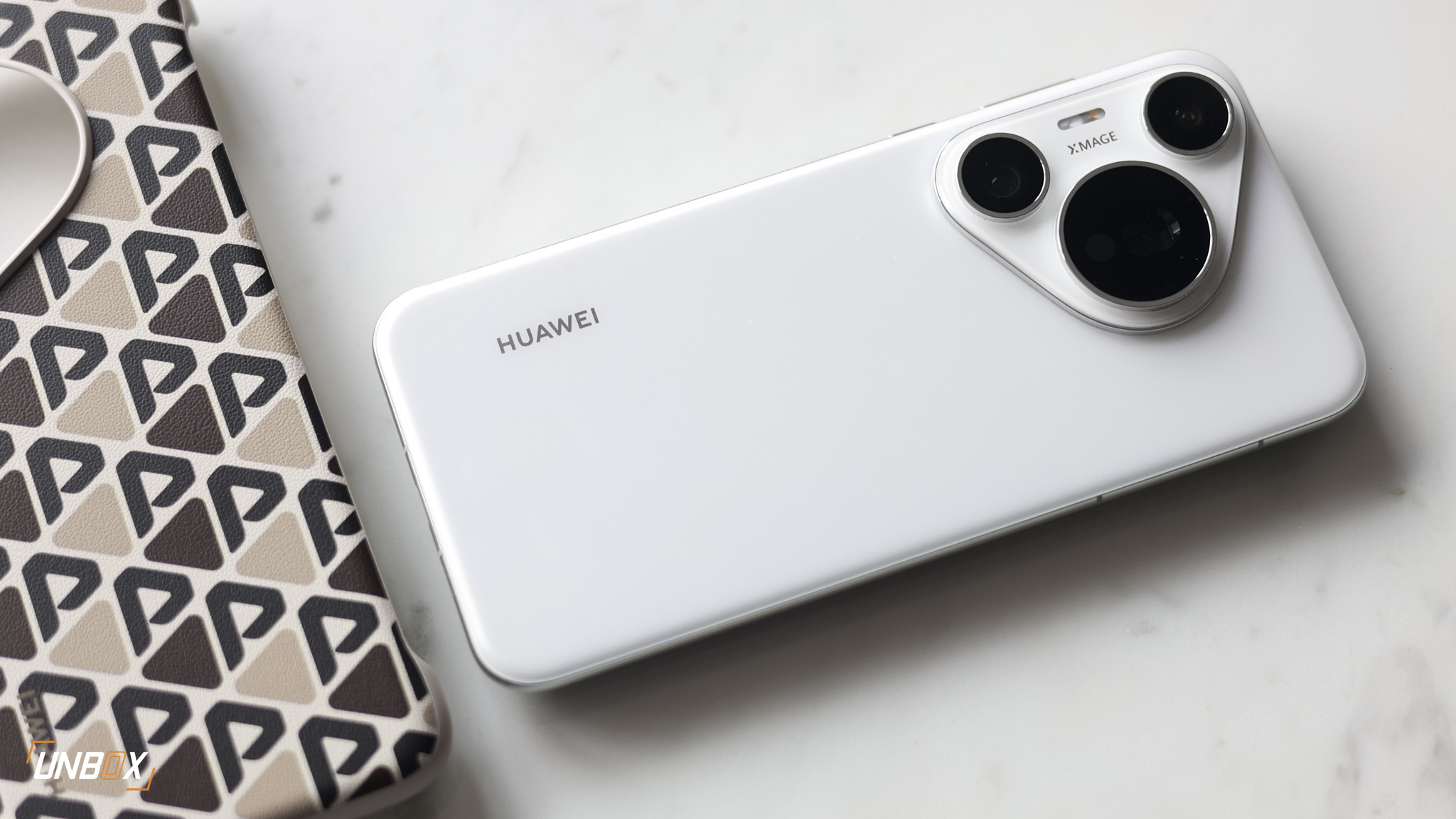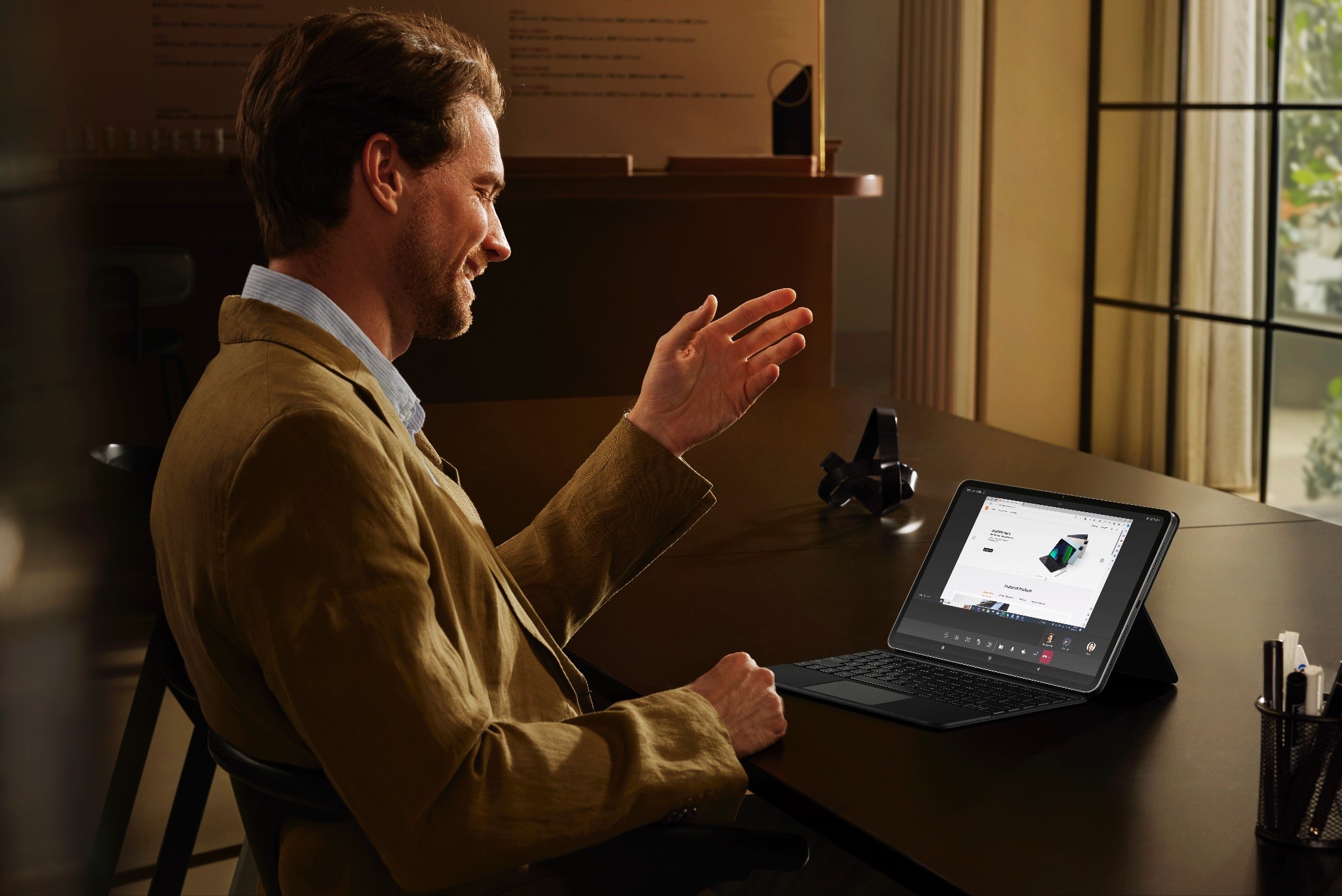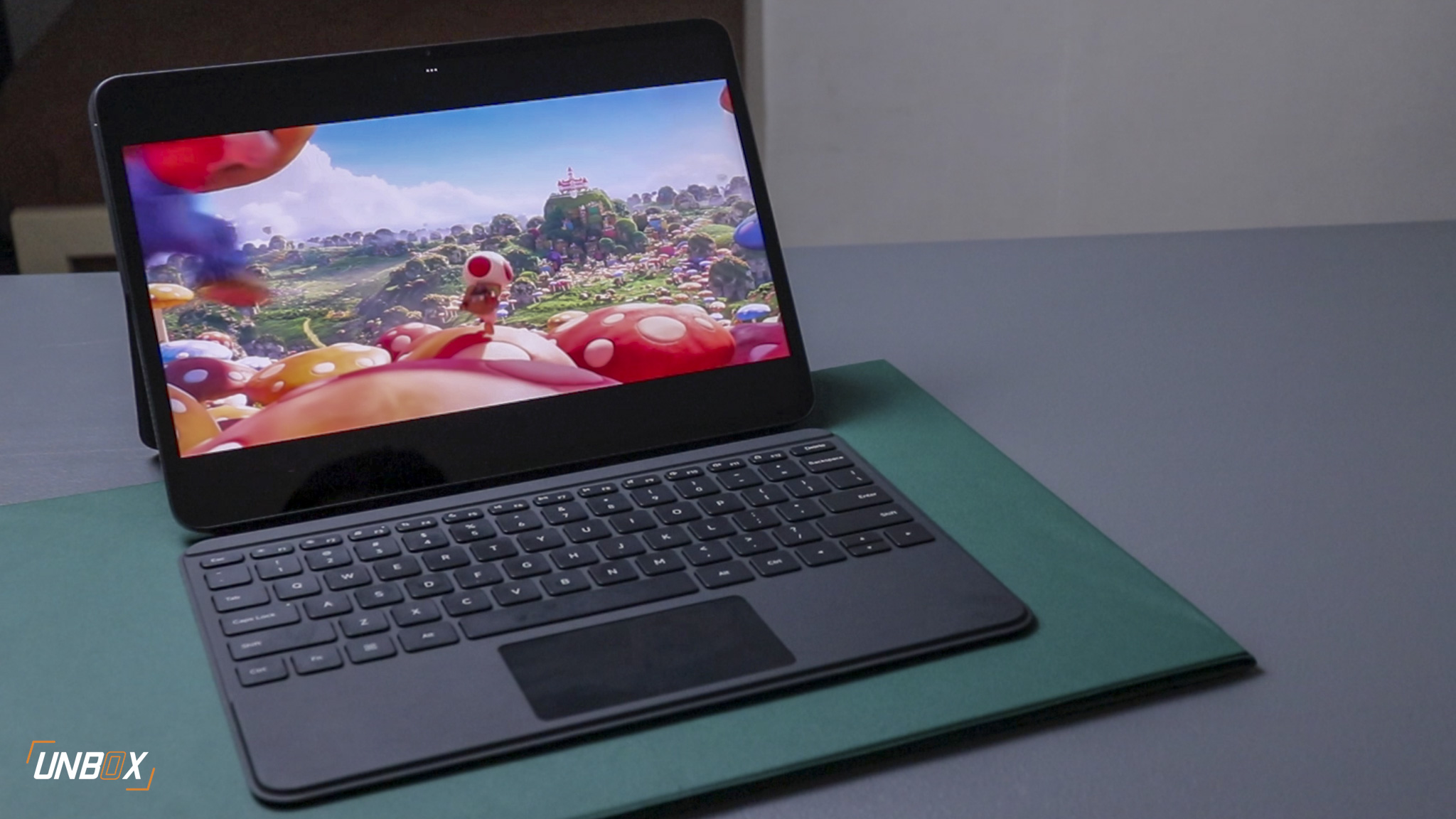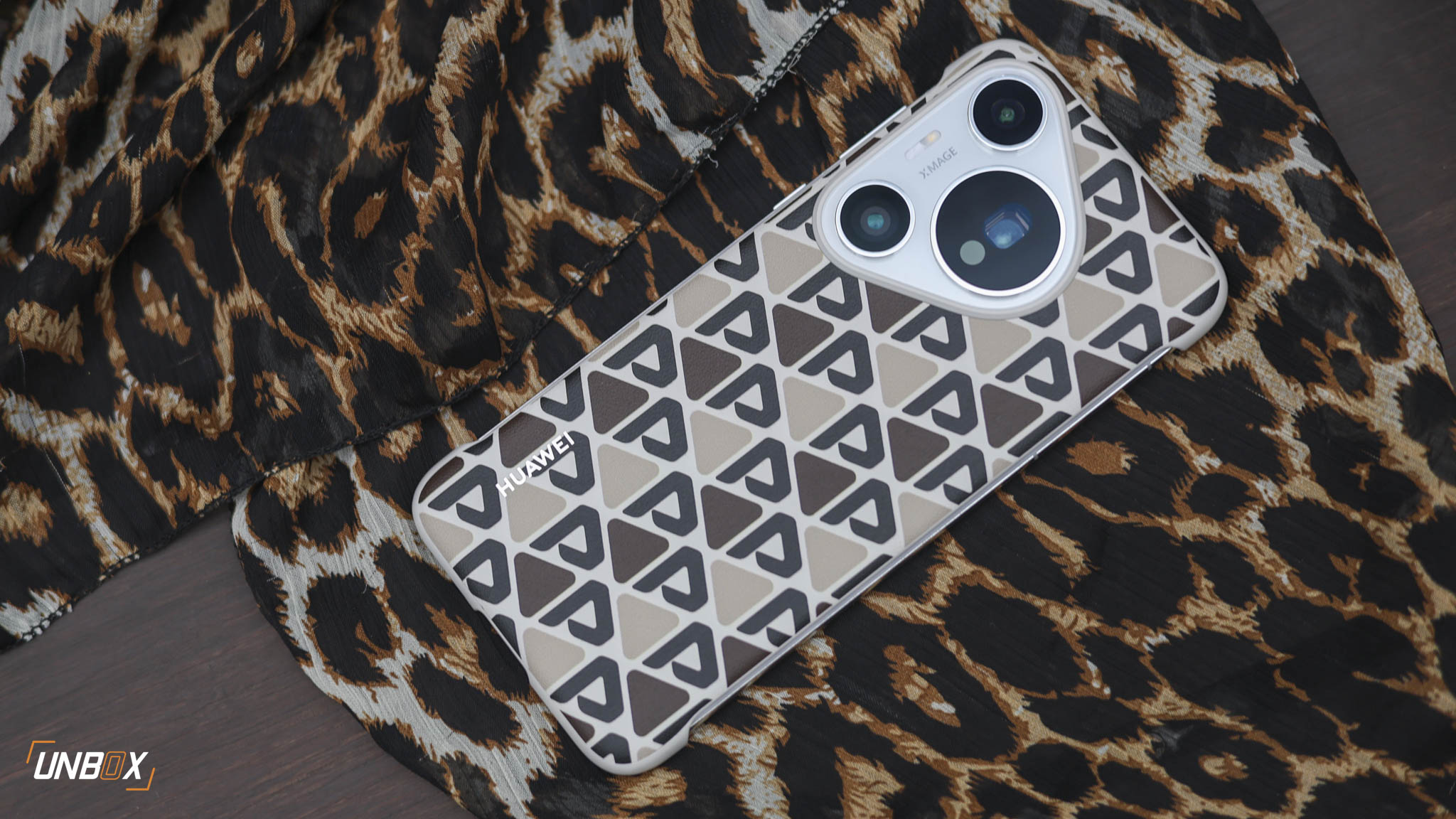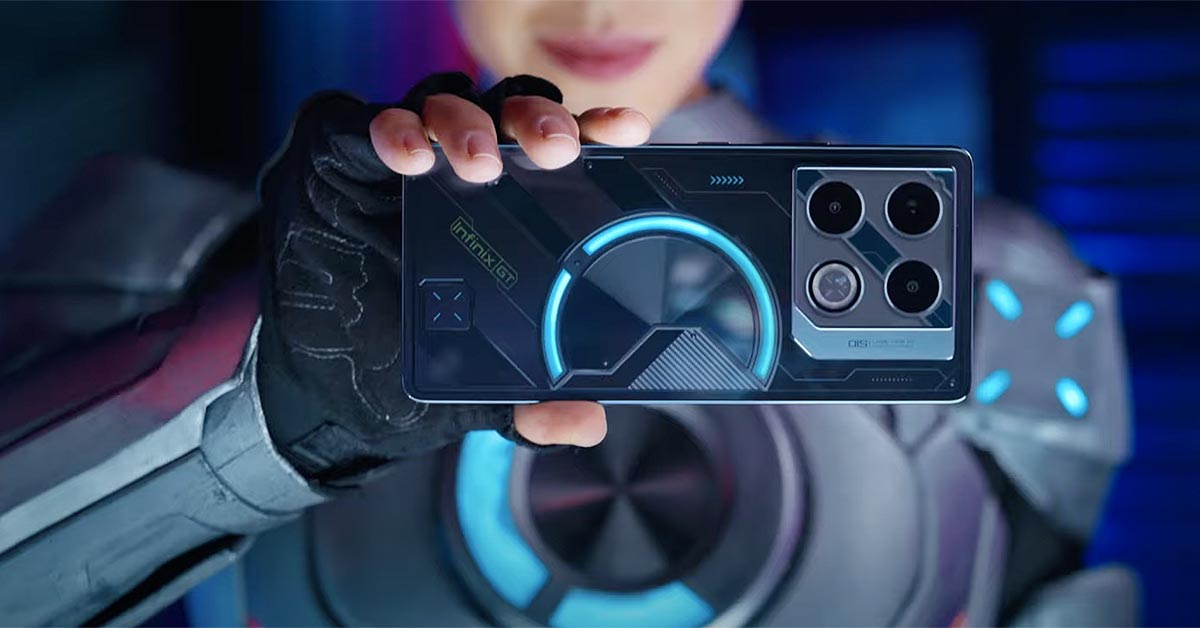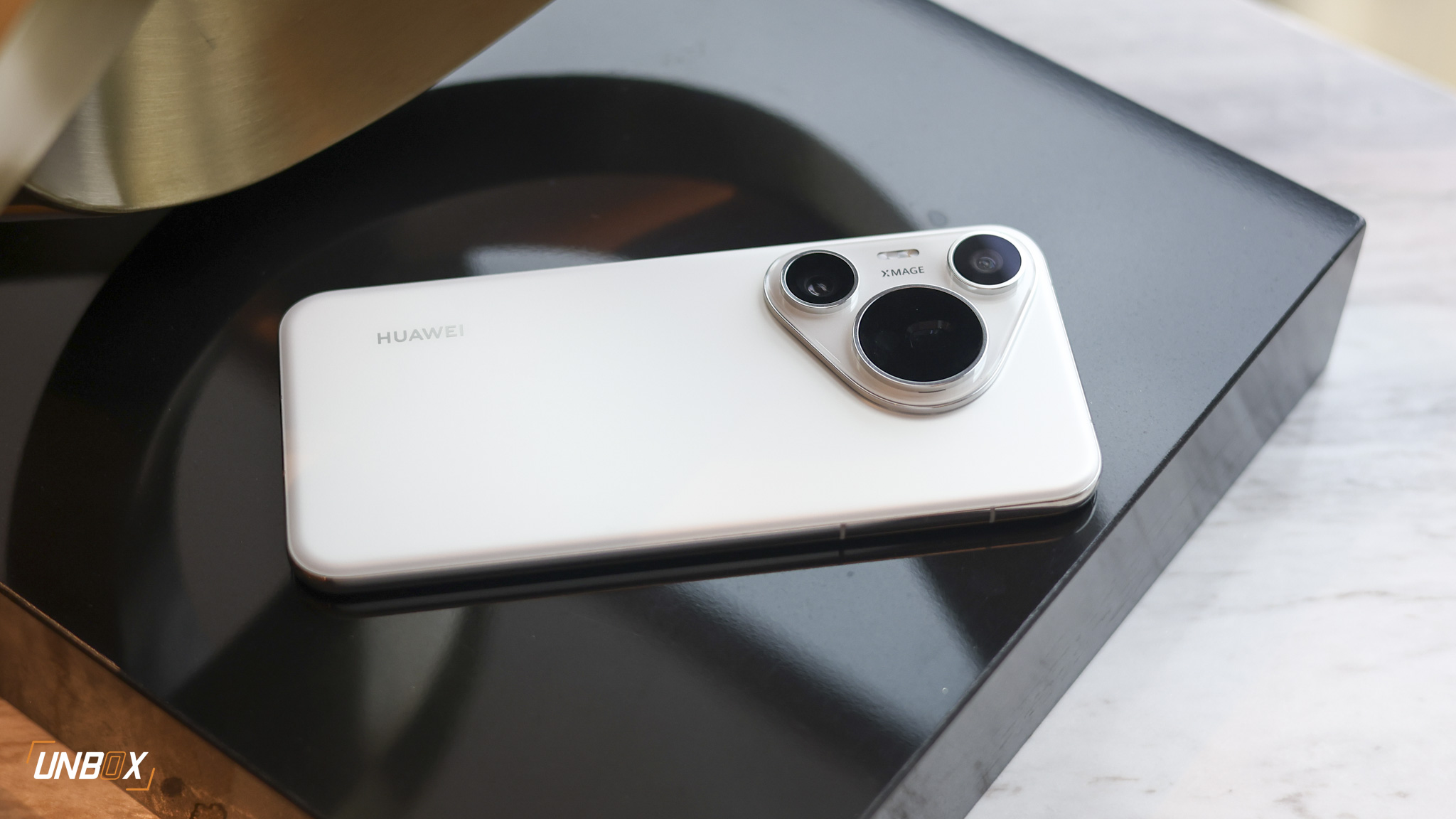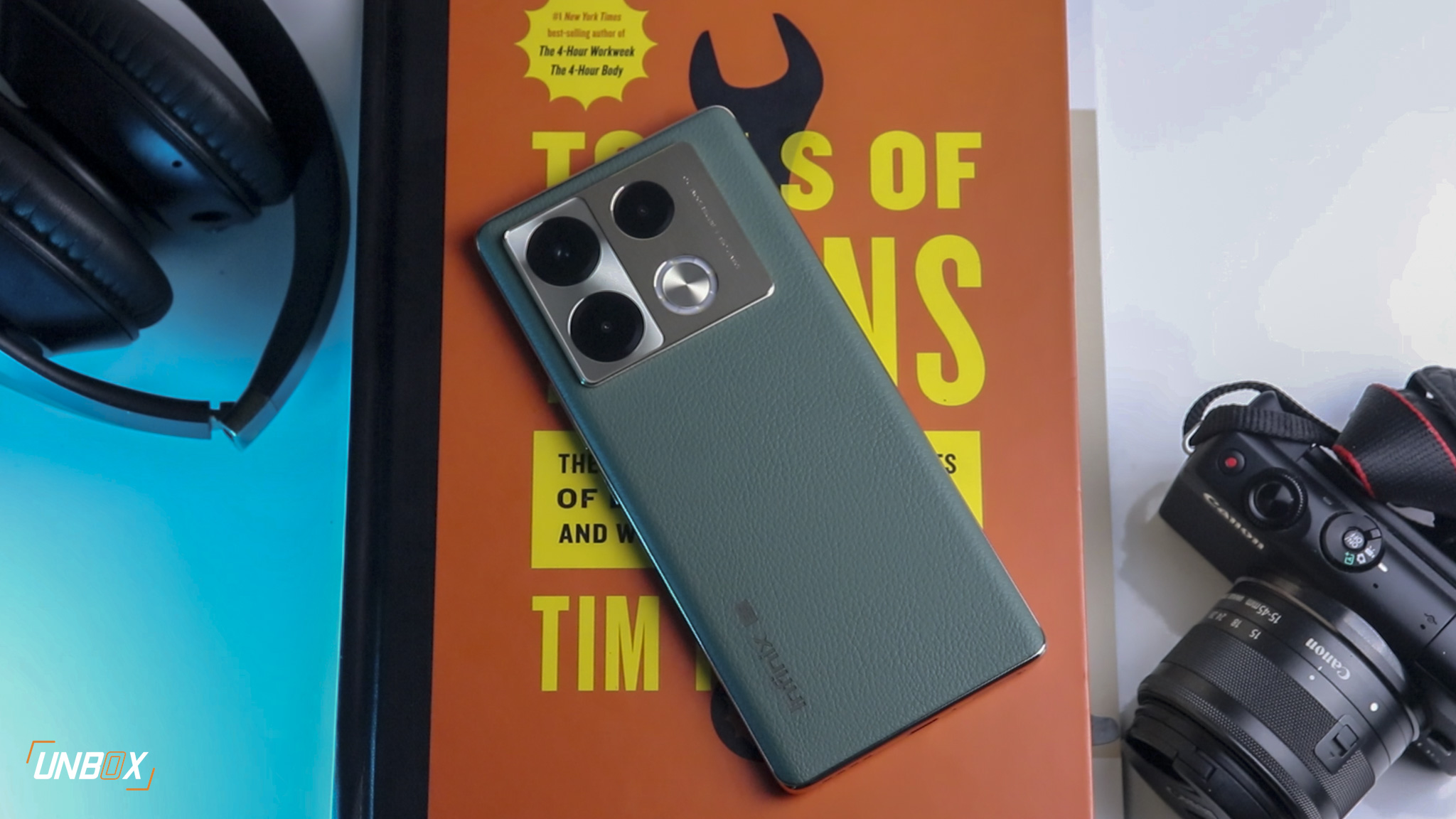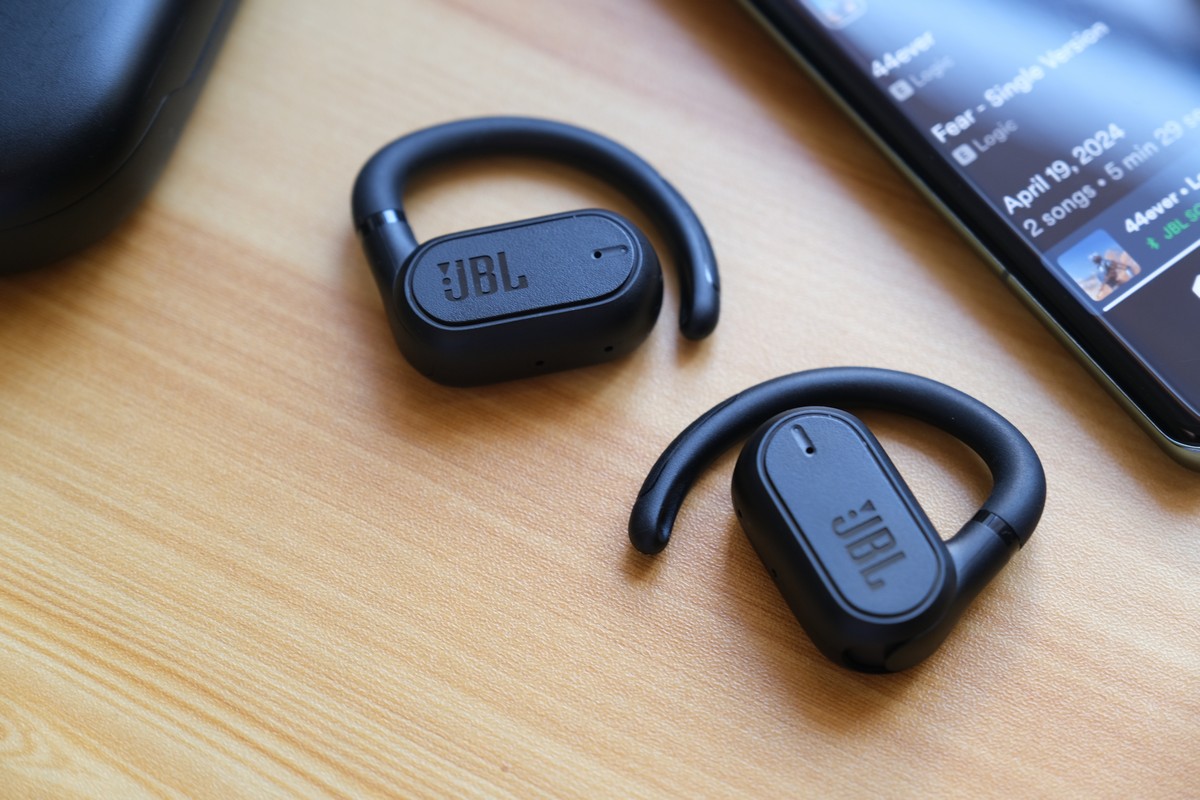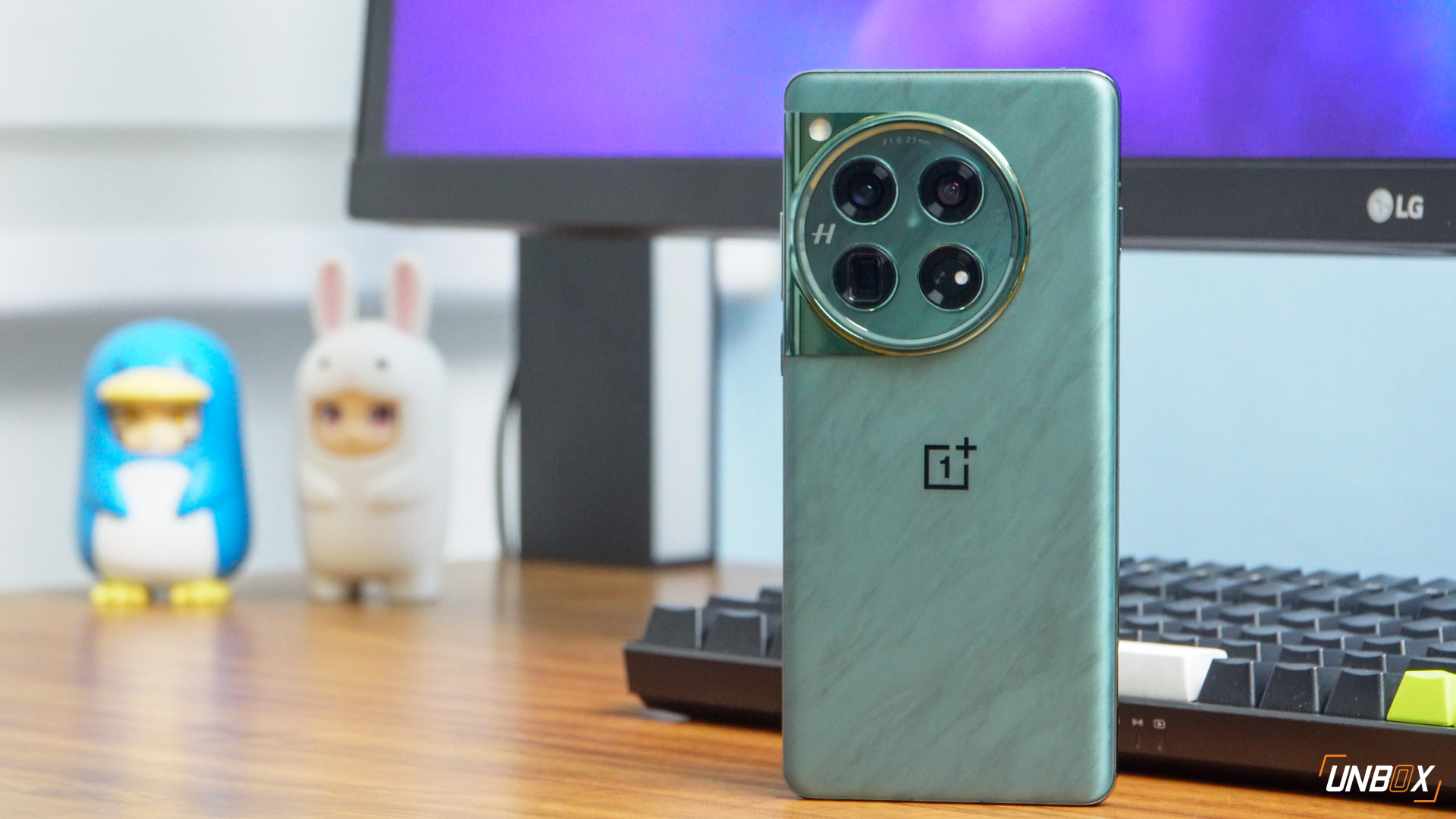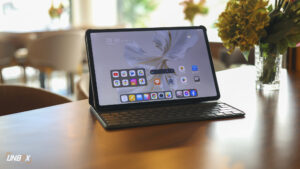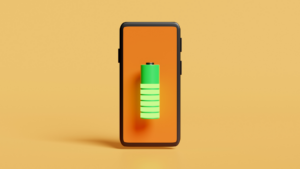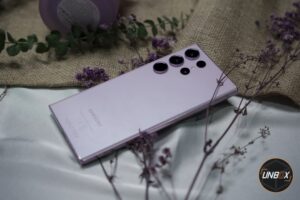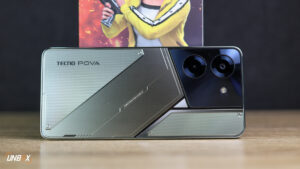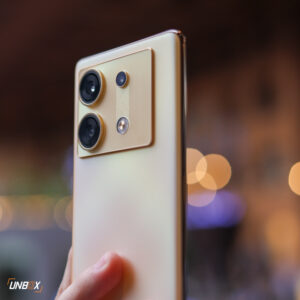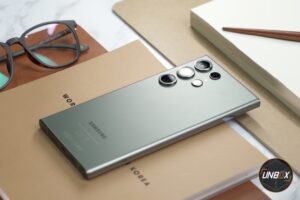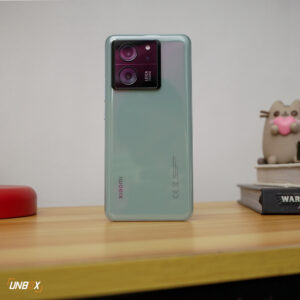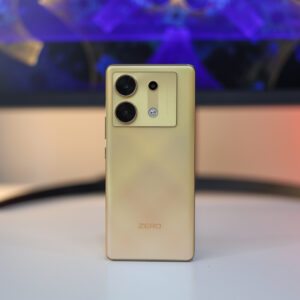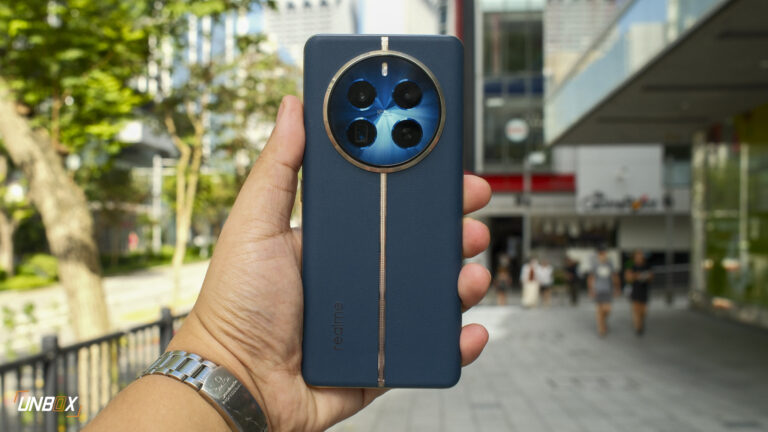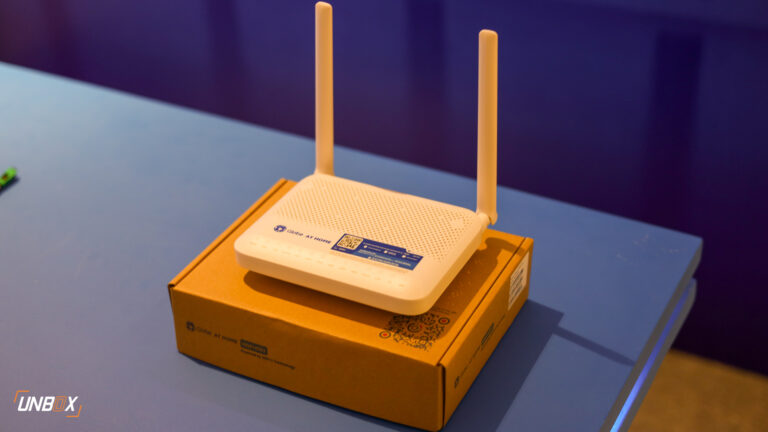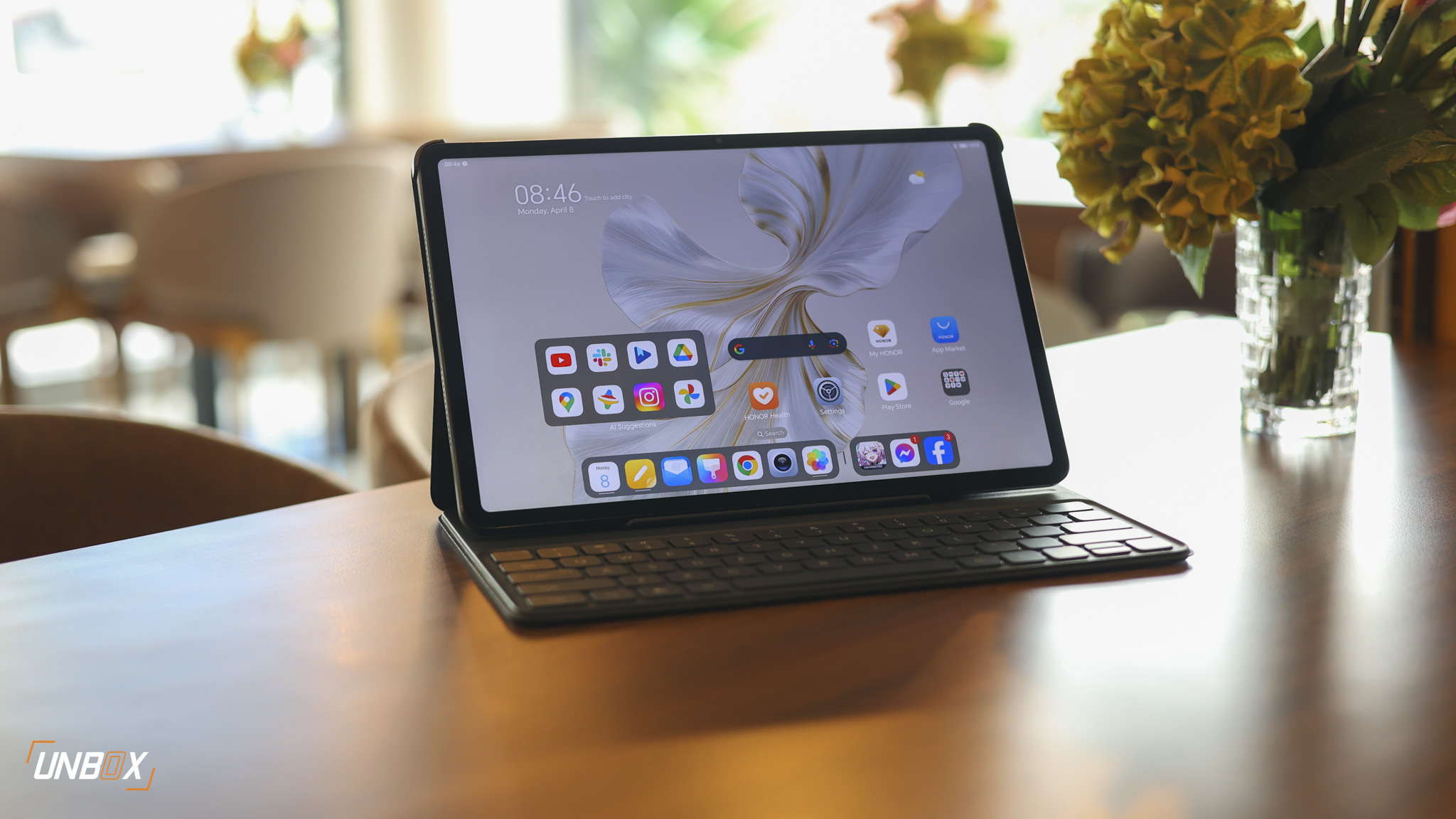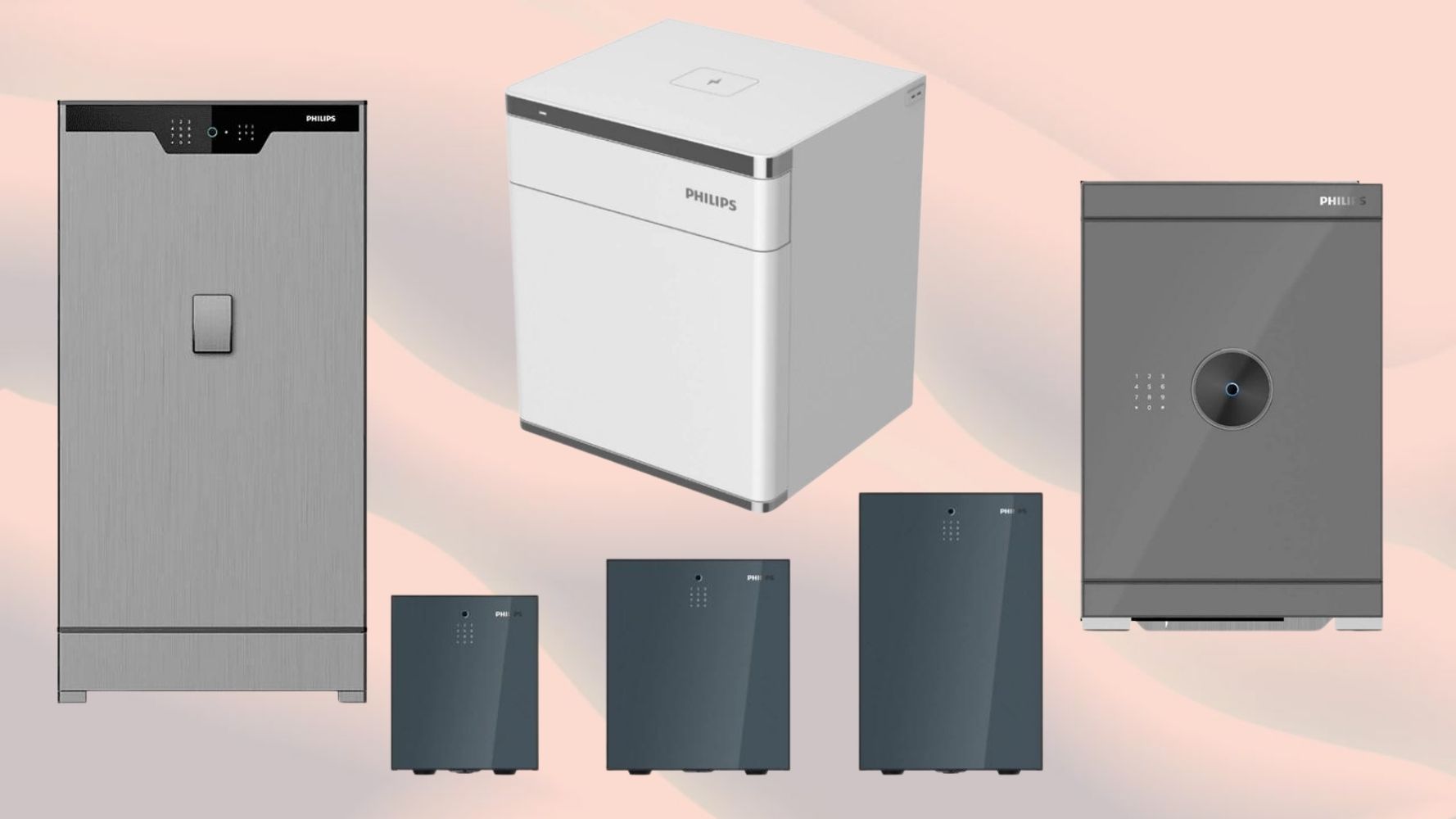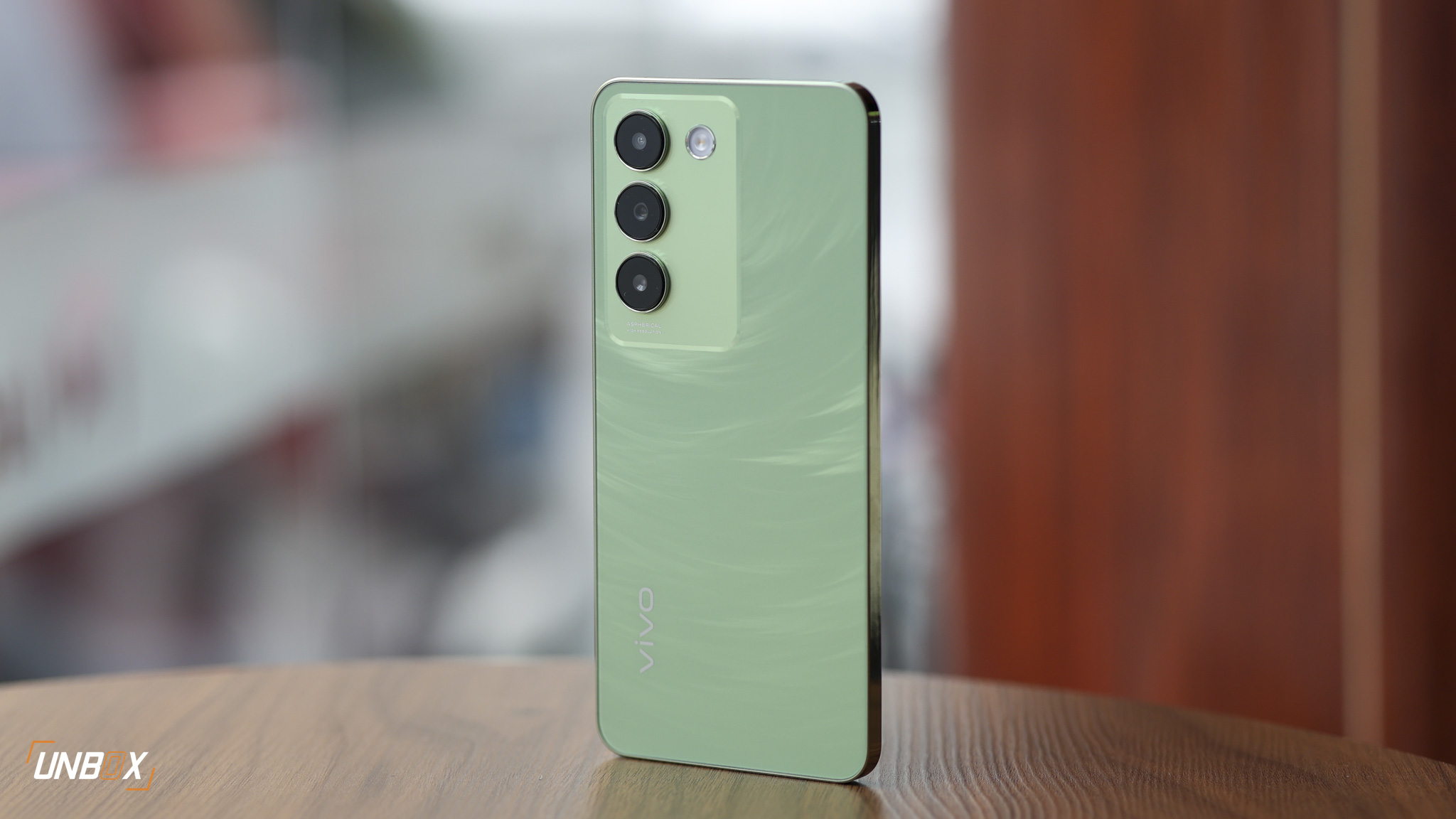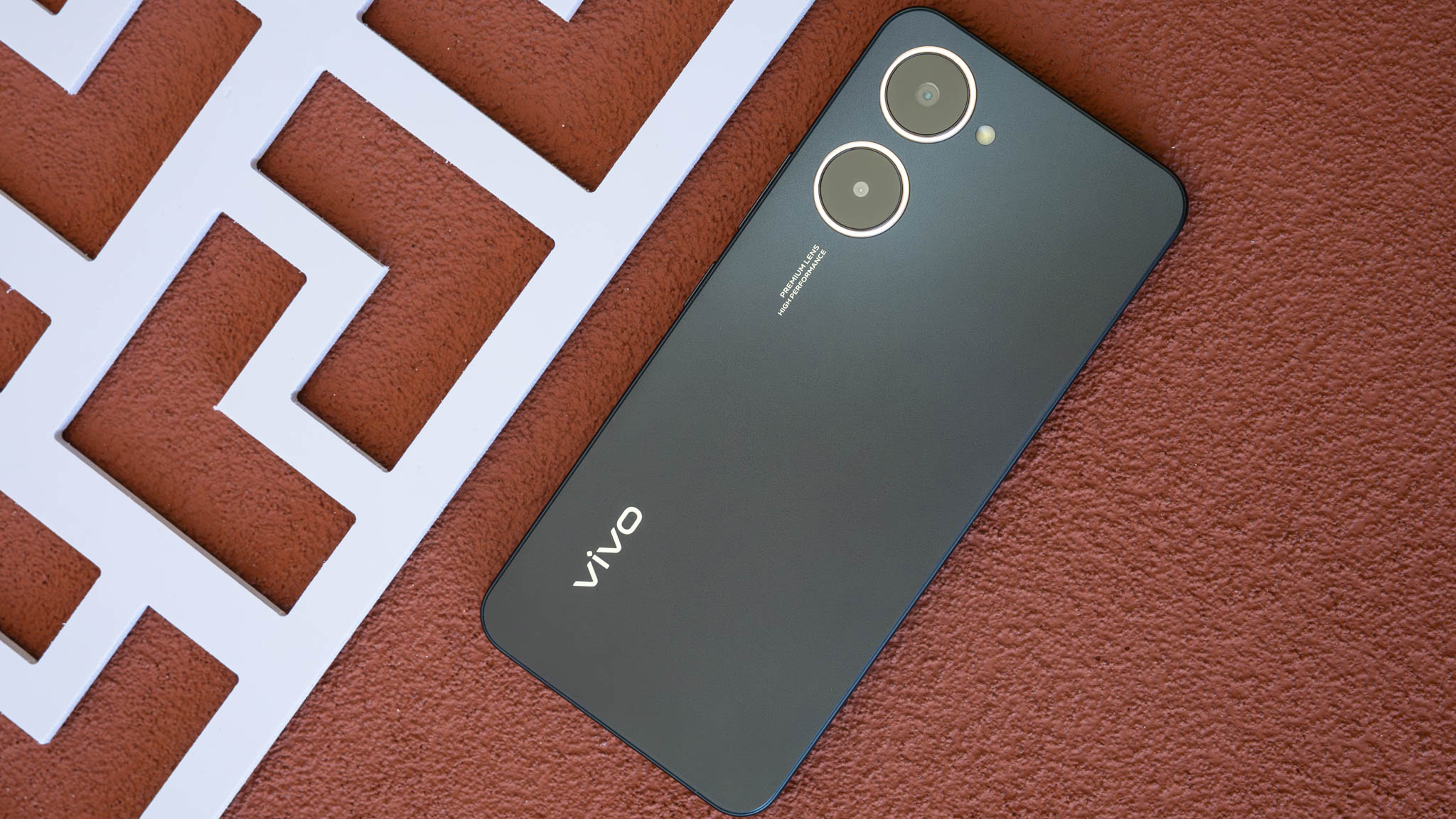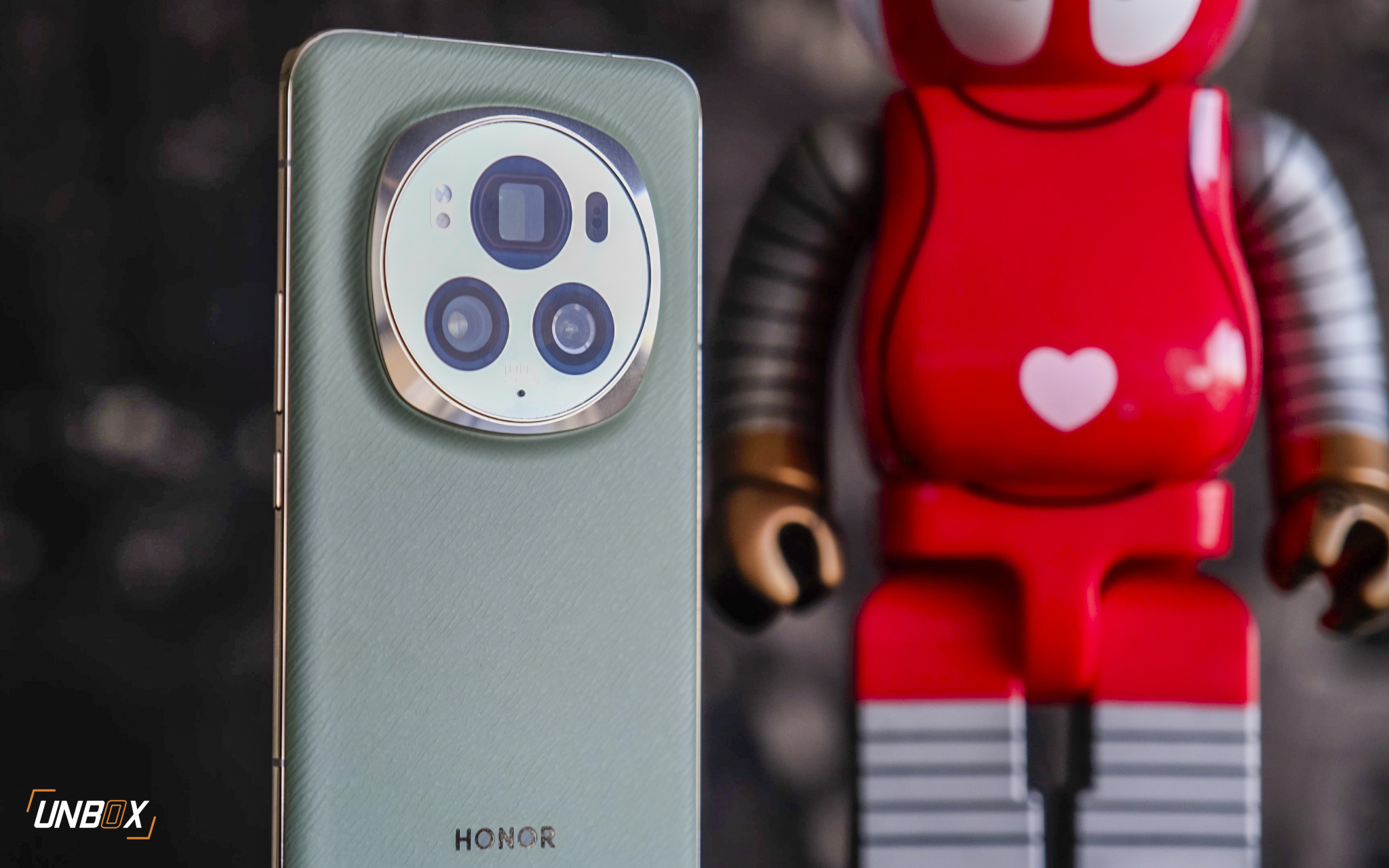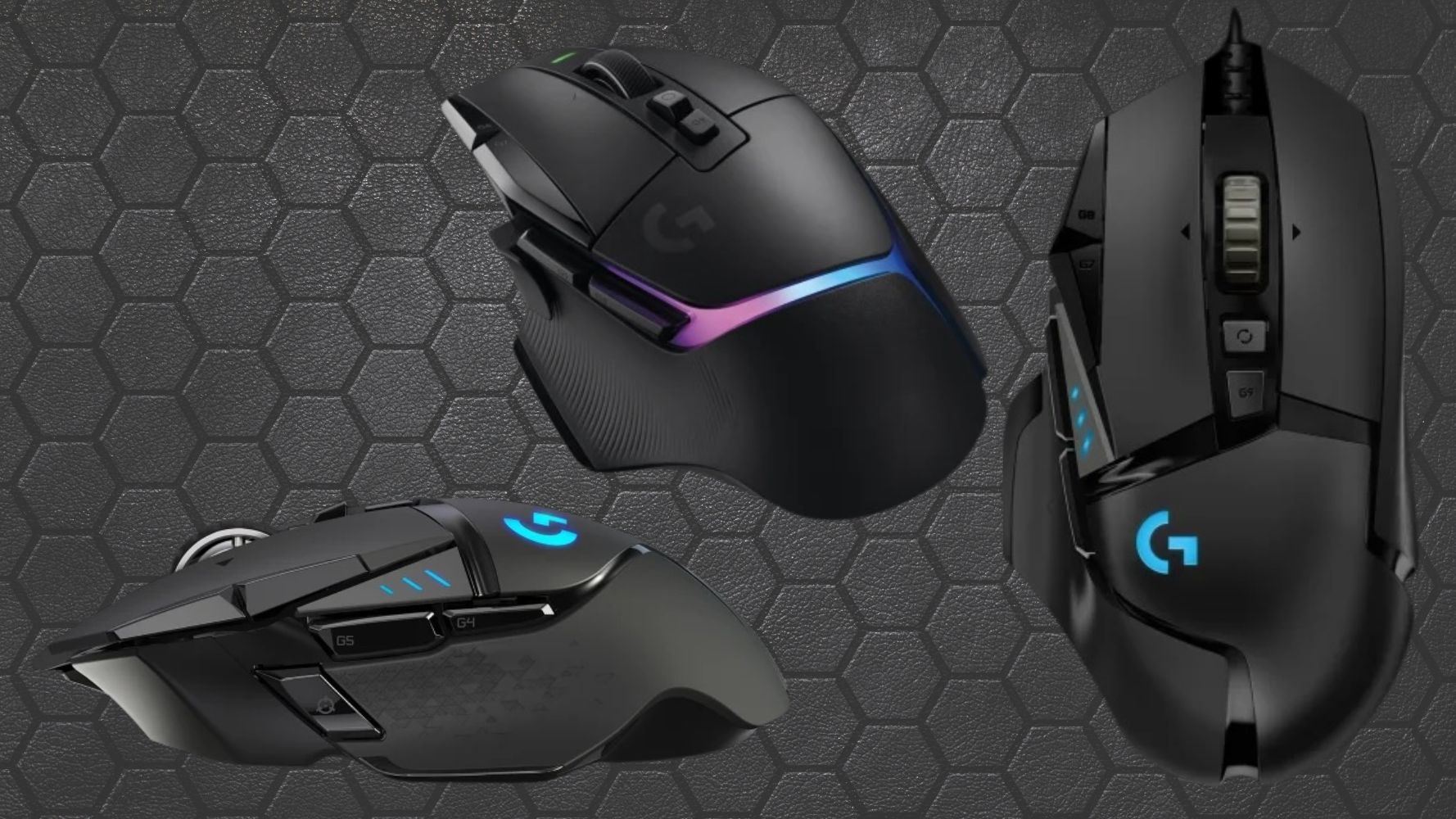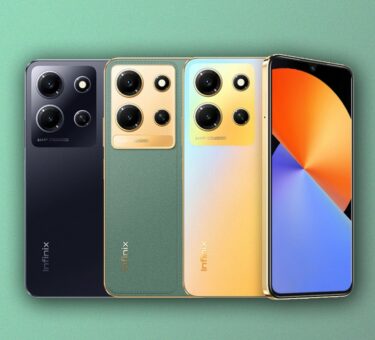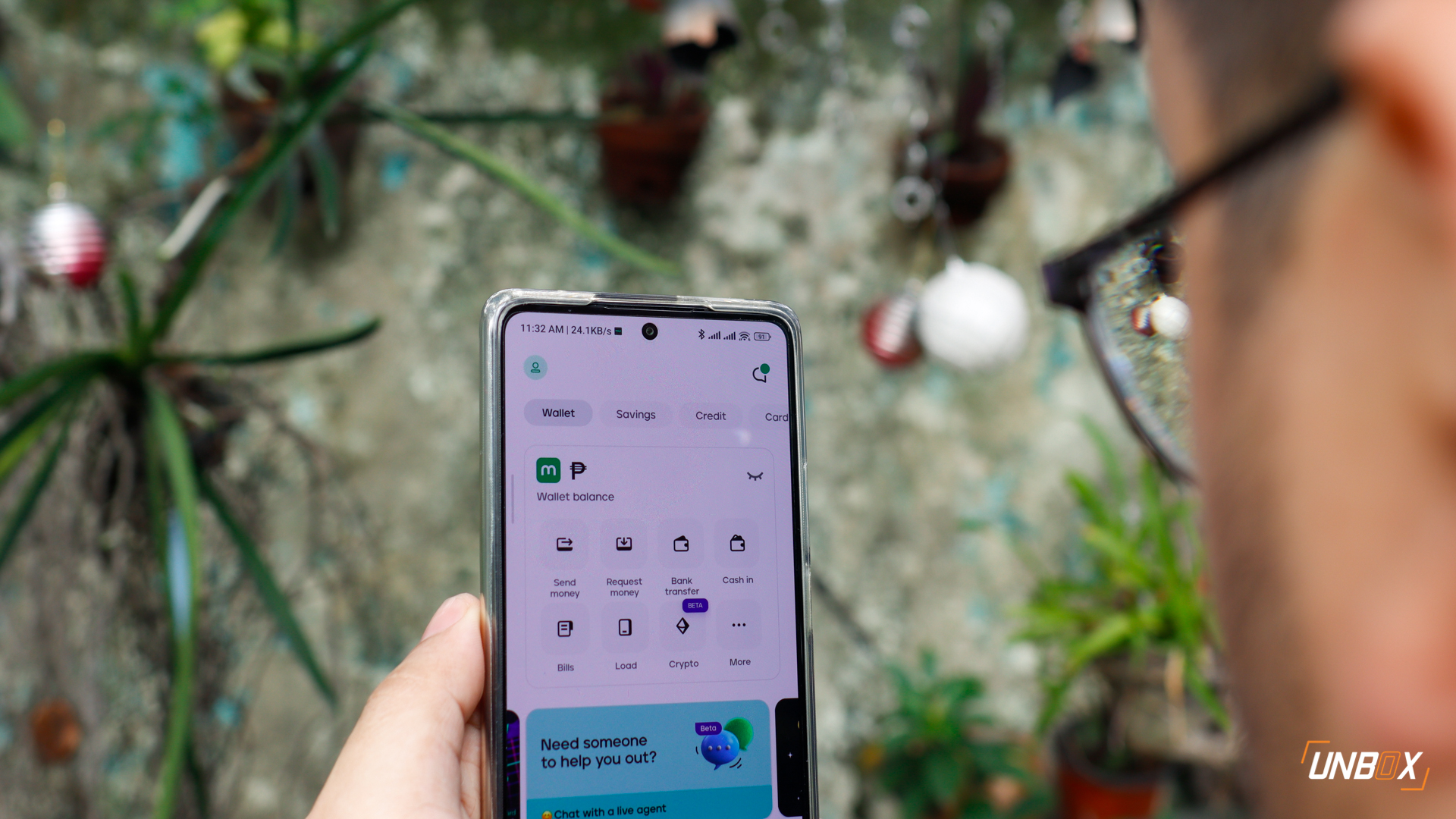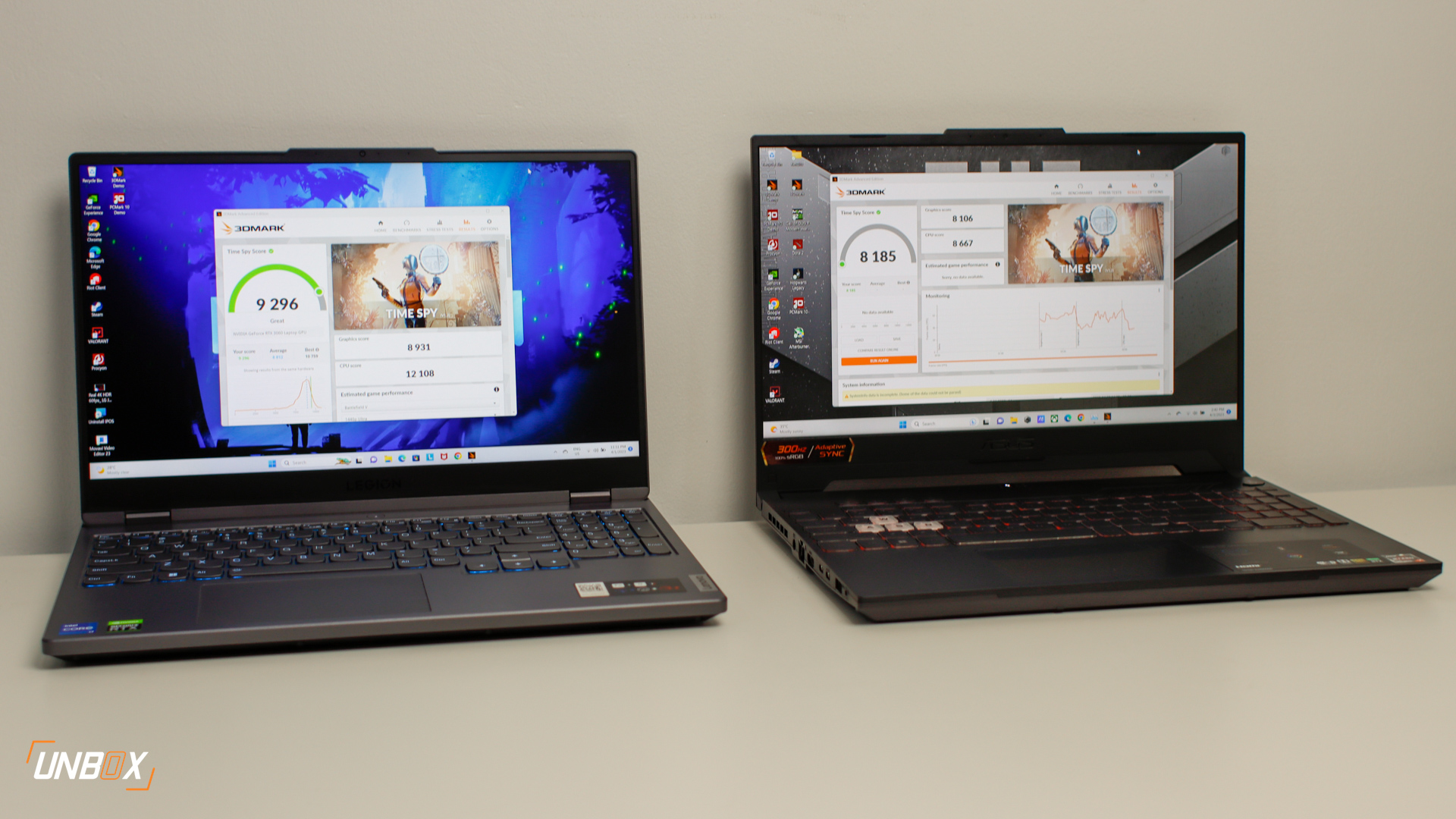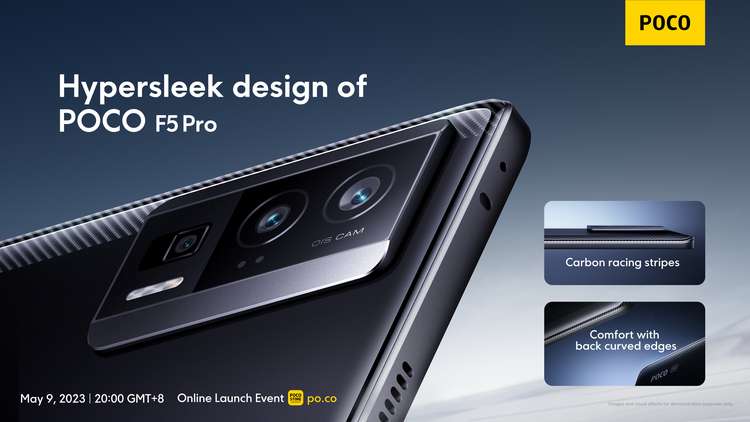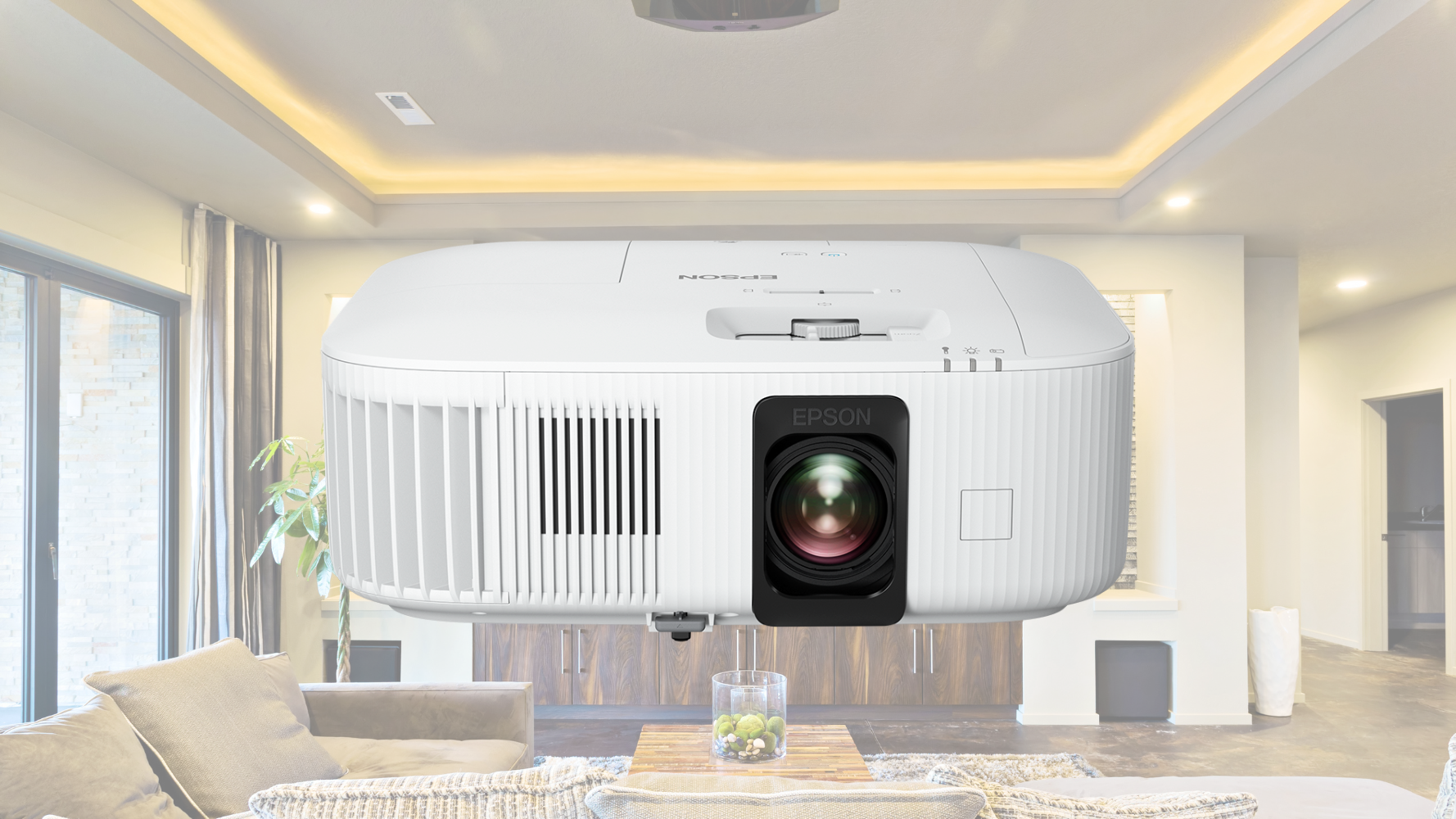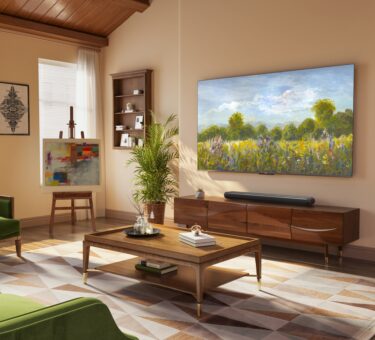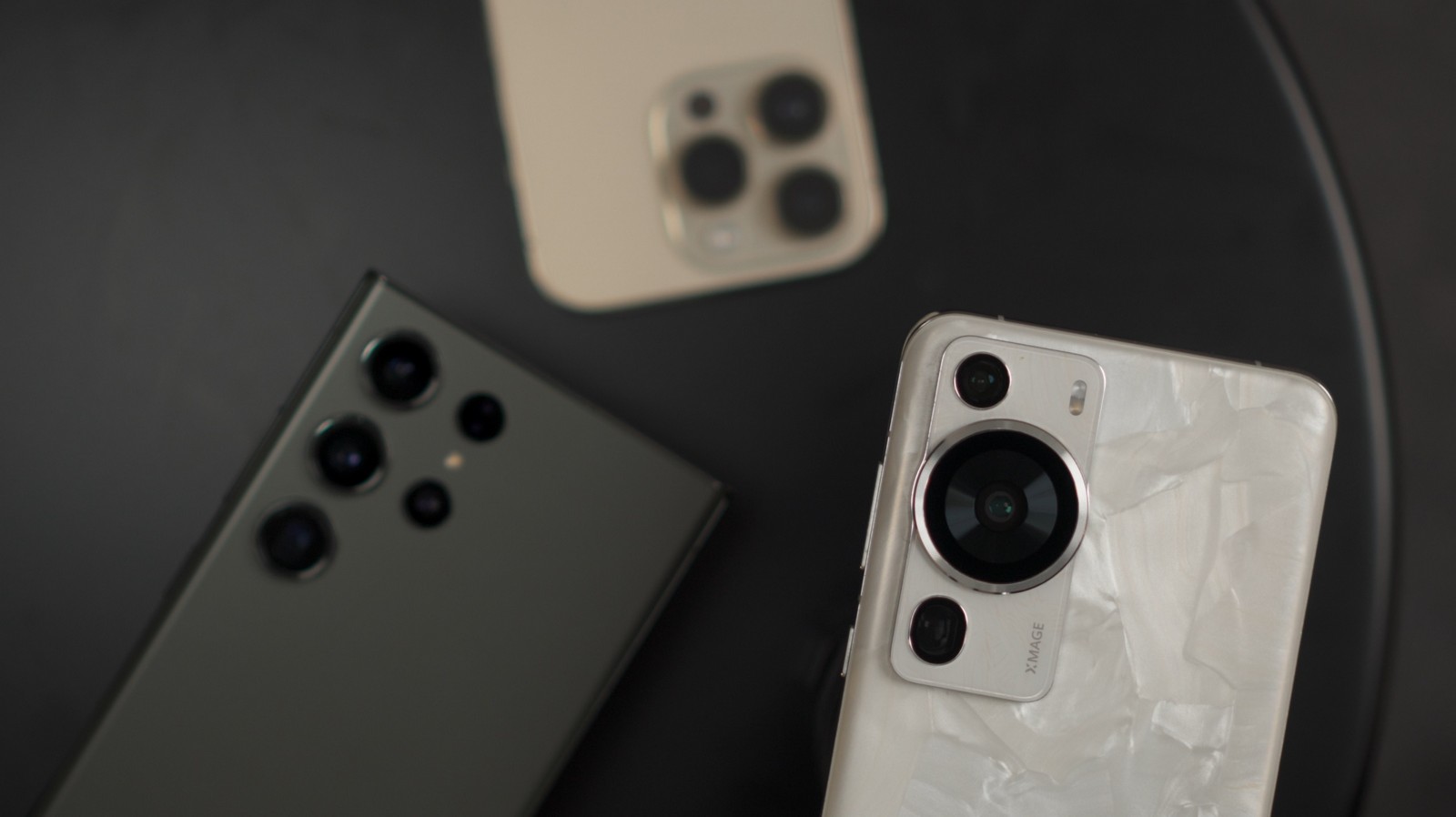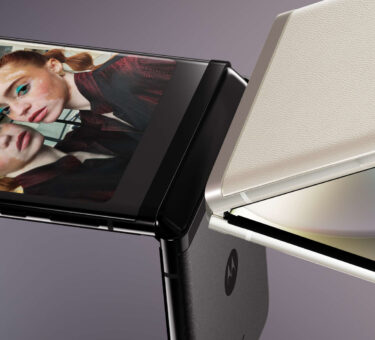We go hands-on with the ridiculous ZenFone AR
Back in CES ASUS announced the Zenfone AR, their first ever device made for Google’s Project Tango. It’s the second project Tango phone ever made by any company, with the first being Lenovo’s own offering, the Phab 2 Pro. The Zenfone AR is packed with the highest specifications that the Taiwanese company can offer, and is being positioned as a high-end, luxury device that tops even the Zenfone 3 Deluxe.
Zenfone AR Specifications
- 2.35GHz Qualcomm Snapdragon 821 quad-core processor
- 8GB of RAM
- Adreno 530 GPU
- 5.7-inch Super AMOLED QHD display; 2560×1440 resolution, 551 pixels per inch
- Up to 256GB of expandable storage (up to 256GB)
- 23-megapixel rear camera, f/2.0 aperture, 4-axis OIS, 3x zoom, PDAF, depth and motion tracking sensors
- 8-megapixel front camera, f/2.0 aperture
- 4G, LTE
- Dual SIM
- WiFi, Bluetooth
- GPS, A-GPS, GLONASS
- Fingerprint scanner
- USB Type-C
- 3300mAh Battery
- Android 7.0 Nougat with ZenUI 3.0
Initial impressions: Stunningly luxurious, but it’ll probably command a premium price
After their Zenfone 3 family of smartphones launched last year, ASUS proved that they’re able to create stunning, high-end smartphones for the luxury market. The Zenfone 3 Deluxe and the Zenfone 3 Ultra may have alienated a few fans with their higher price tags, but you can’t deny that the company proved that they’re able to make stunningly beautiful aluminum-clad smartphones.
That pedigree continues with the ZenFone AR. ASUS has gone with a bit of a material change with the new device though – instead of an all-metal device, the company went with a leather backed phone with a solid aluminum frame.
Dominating the rear of the device is 23-megapixel rear camera, paired with a depth sensor and motion tracking software to make the phone run augmented reality applications. But before we dive into that, let’s take a look at the specs of the main snapper in depth: you’re looking at a 23-megapixel PixelMaster 3.0 camera with a f/2.0 aperture, SONY IMX 318 sensor (1/2.6″ large sensor size, 1.0 µm pixel size).
The camera module is way smaller than the one in Lenovo’s offering, though it is still quite large compared to the ones on other phones. Those cameras, along with Google’s Project Tango magic, allows you to project digital worlds onto thin air, projected through the 5.7-inch QHD display.
The phone itself looks a bit like the ZenFone 3 Deluxe, with its curved corners and rounded sides. it feels comfortable to hold in the hands, though you’ll definitely feel that large size of the phone.
Because of the placement of the camera, ASUS needed to reposition the fingerprint scanner to the front, right at the bottom of the display. The home button is a phyiscal button that you can click, and beside that are the two capacitive physical Android navigation keys.
The 5.7-inch QHD display looks pretty awesome, though again we’ll have to use the phone for longer to find the quirks and issues with it, if there are any.
Running the Zenfone AR is a Qualcomm Snapdragon 821 processor, paired with an almost ridiculous 8GB of RAM. That’s more than enough to run any and all AR apps for the platform.
Speaking of the actual AR application, there’s only a few available for the phone when we tested it earlier today. It’s still pretty early in Project Tango’s consumer lifetime, with the technology only being available on two devices as of now. It works pretty great with the limited apps available when we tested the device, though we’re hoping that that will change as the phone gets a wider release. No price has been set as of yet for the phone, which isn’t surprising, considering that it’s only now seeing wider distribution to customers in the next few months.











